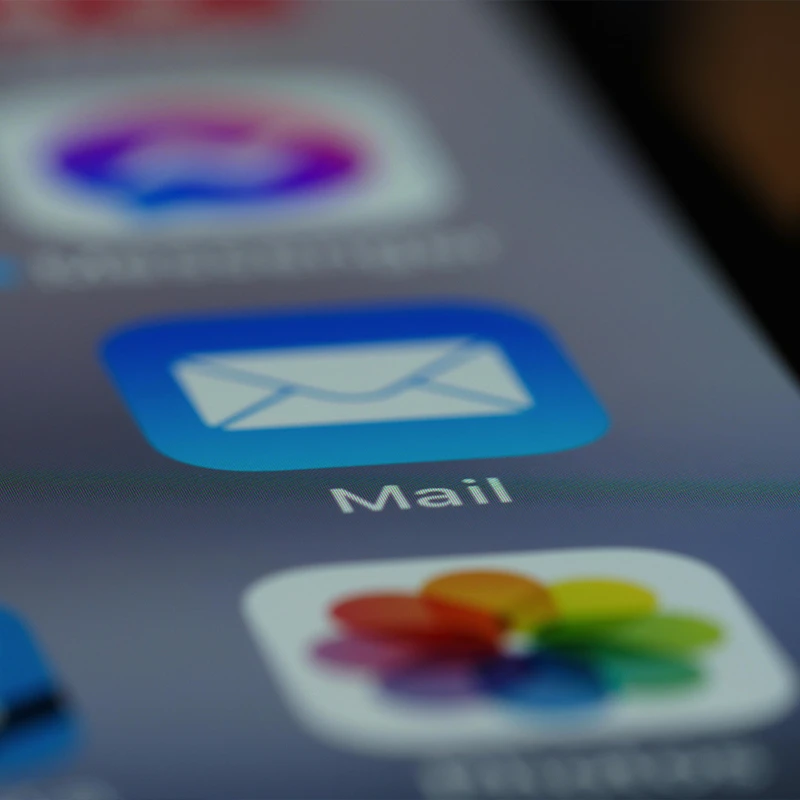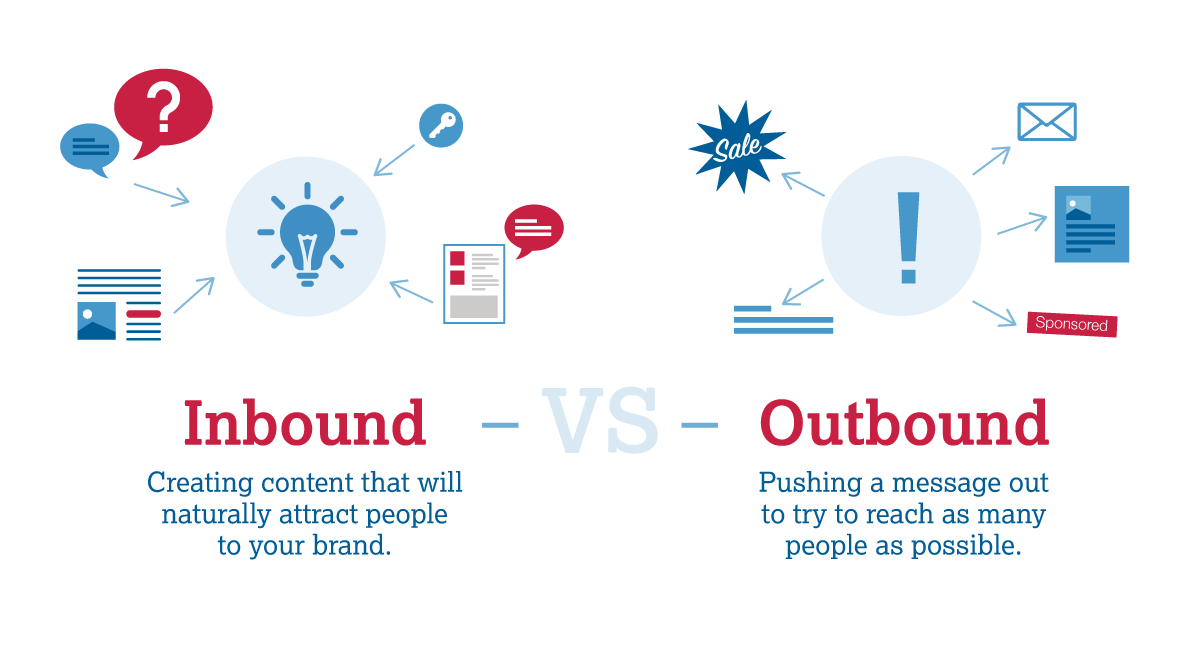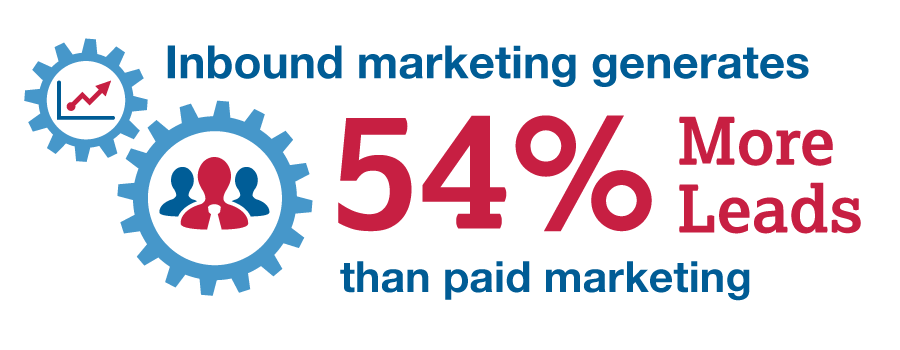Ways to Win More Customers with Inbound Marketing

When it comes to marketing, inbound is in. Inbound marketing generates 54% more leads than paid marketing and costs 62% less per lead. For smaller businesses with limited marketing budgets, inbound is even more effective—84% of small businesses focus primarily on inbound marketing. Here's how to use inbound to build your business.
What is Inbound Marketing?
Traditional marketing is outbound—pushing things out to consumers (emails, ads, etc.) with the hopes of making a sale. The problem is, people often don't like advertisements interrupting their busy lives with information or offers that hold no interest for them. And they’re getting good at avoiding them. According to HubSpot, 96% of online consumers have unsubscribed from marketing emails and 81% have left a website because it used pop-ups or autoplay videos. According to research by emarketer, 70% of internet users in the U.S. block online ads, and that number is expected to rise to 87% in 2017.

Unlike outbound marketing, inbound marketing focuses on creating relevant content to attract potential customers (bringing them IN) to your company or product in a way that comes naturally because your content has value for them. By creating and distributing content that is specifically designed to appeal to your ideal customers, you can attract prospects, convert them to customers, and create value to keep them coming back.
Types of Inbound
Inbound consists of anything a potential customer may seek out in order to gain knowledge. These include:
- Blogs
- Social media
- Search Engine Optimization (SEO)
- Videos
- Webinars
- Whitepapers
- Newsletters
- Ebooks
- Infographics
- Q&As
- Presentations
- Calculators
- Quizzes
- Assessments
- Apps
- Case studies
- Games
- Interviews
- Research
- Contests
- Surveys
- Email newsletters
- Guides
Steps for a Successful Inbound Strategy
1. Understand your audience.
The central idea behind inbound is to create content that will appeal to your ideal customer. In order to do that, you need to know who your ideal customer is. To fully understand your target audience, follow these steps:
- Talk to your employees. The people within your company who deal with your customers (customer service agents, sales staff, etc.) are a valuable resource in your quest to know your customers, because they’re the ones who are dealing with them directly. Ask them for insight into what your customers like, dislike, want and need.
- Talk to your customers. Nothing can replace interacting with your customers directly, asking them how you can better help them.
- Use customer personas. Create detailed personas for your typical customers, including basic demographics such as gender, age, education level, profession and income, as well as psychographics such as personality, values, opinions, attitudes, interests and lifestyle. This will help you understand your ideal customers’ needs, desires, beliefs and motivations.
- Mine the data. Check the Audience section of Google Analytics to get information on your site visitors, including age, gender, location, interests, lifestyle, habits, and what they’re looking for online.

2. Create content to attract prospects.
Now that you know your audience well, you can create content that will draw them to your website. The easiest way to do this is to focus on a problem and create content that will help solve that problem. Every single piece of content you produce should make your customers’ lives better in some way. By helping them, you create trust and foster positive feelings about your brand. (For more on creating valuable content, see our blog posts How to Be a Great Content Marketer and Beyond the Blog: 11 Fresh Content Ideas to Try.)
3. Convert site visitors to leads
Take the next step toward turning a visitor into a buyer by collecting contact information. Most people won’t turn over their personal information without an incentive, so offer something valuable in return, such as a premium piece of content like an ebook or study, or a service such as a free consultation or assessment. To capture visitor information, create landing pages with simple contact forms and compelling calls to action.

4. Convert leads to customers
Now that you have a great lead, you need to nurture the relationship to turn that lead into a customer. Use email marketing to educate prospects about the benefits offered by your company and to tell them about new content, promotions and special deals. For a more personalized approach, marketing automation can help you create a sequence of emails that are triggered by a specific action.
5. Measure results with analytics
Inbound is undoubtedly effective, but to see how well it’s working for you, you need to measure your results. Determine your KPIs (key performance indicators), such as sales revenues, website traffic, leads, email click rate, conversion rates for website and landing pages, and social reach, and track them over time so you can improve your strategy as needed.


